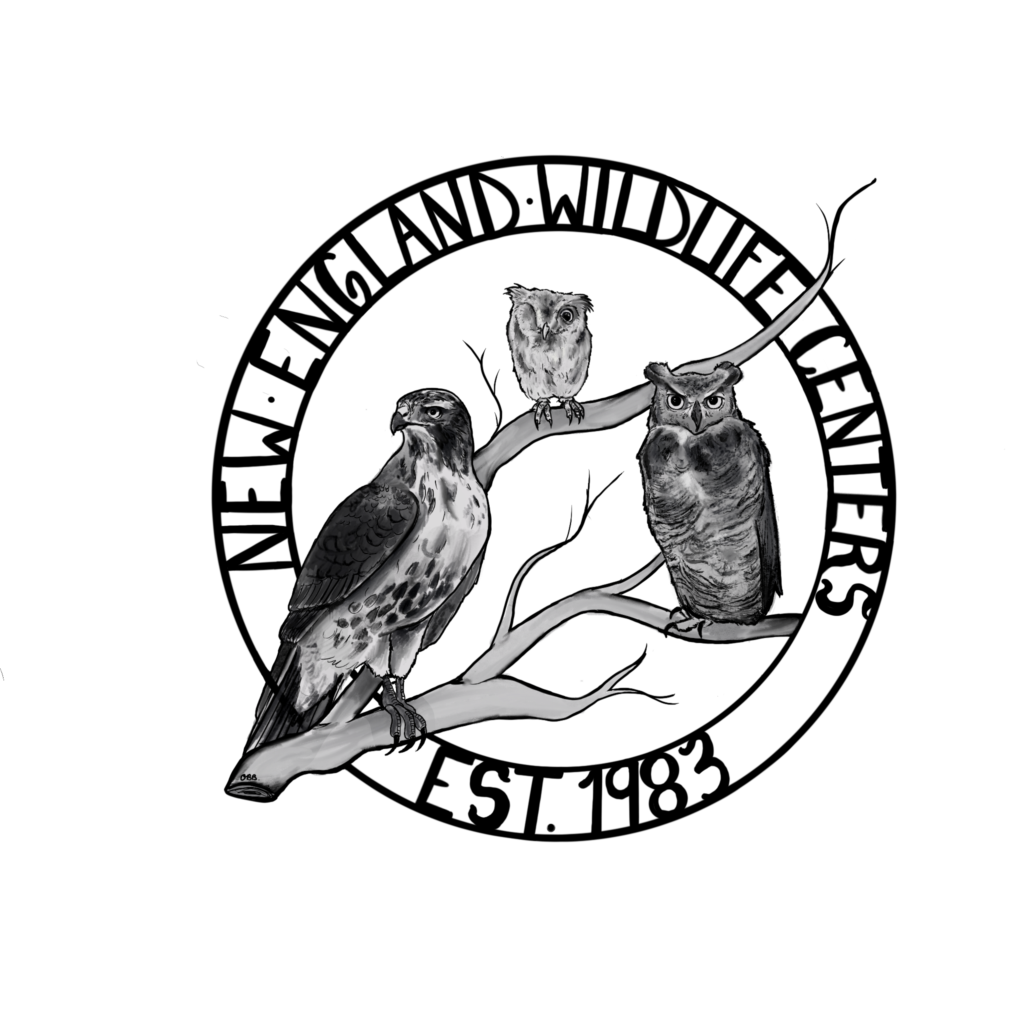 This is a common snapping turtle that came to us with fractured lower and upper jaws after being hit by a car. Surgery on a snapping turtle can be difficult, because our preferred method of anesthesia, Isoflurane, requires the animal to breath it in to be effective. Snapping turtles, living underwater, can hold their breath for almost an hour at a time, and when we are holding a mask to his face trying to get him to breath the strangely smelling anesthesia solution he doesn’t particularly want to take a breath. Fortunately, we were able to intubate him. This means that we inserted a flexible plastic tube into his trachea, and then we pumped the Isoflurane directly into his lungs.
This is a common snapping turtle that came to us with fractured lower and upper jaws after being hit by a car. Surgery on a snapping turtle can be difficult, because our preferred method of anesthesia, Isoflurane, requires the animal to breath it in to be effective. Snapping turtles, living underwater, can hold their breath for almost an hour at a time, and when we are holding a mask to his face trying to get him to breath the strangely smelling anesthesia solution he doesn’t particularly want to take a breath. Fortunately, we were able to intubate him. This means that we inserted a flexible plastic tube into his trachea, and then we pumped the Isoflurane directly into his lungs.
Dr. Adamski was able to successfully set his jaw using metal wires, surgical glue, and Play-doh. The Play-doh, while slightly unorthodox, works incredibly well to hold the wires in place around the jaw while the glue is drying. Reptile bones generally take between 4 and 6 months to heal, so we are hopeful that by the end of the winter he will be well on his way to recovery.
The next obvious problem was that to heal, he needed plenty of food, and to get food, he needed to hunt and eat fish. That was going to be difficult for him with a fractured and surgically splinted jaw, so we came up with a different approach. Dr. Adamski cut open the turtle’s neck and cut into his esophagus. He then inserted a red rubber tube, similar to the one used to intubate the turtle, into his esophagus. The esophagus is the tube that connects the mouth to the stomach, allowing food to travel down after being swallowed. By putting a tube directly into the esophagus, we managed to skip the mouth phase of eating, and move the food directly into his stomach. He is fed blended fish, and when the tube is not in use it is secured to his back to it is not moving around and is out of his way.

